(NADS) - With the efforts to promote the sustainable development of the UNESCO Non Nuoc Cao Bang Global Geopark, Cao Bang has been highly appreciated by the UNESCO Global Geopark Network and international friends, and elected to host the 8th International Conference of the UNESCO Global Geopark Network in the Asia-Pacific region in 2024. This is an honor and opportunity for Cao Bang to represent the whole country to welcome domestic and international friends to learn and experience the heritage of the Geopark to connect, cooperate, and unite to develop the economy, culture, and tourism.
“Cao Bang has rich and diverse natural resources and possesses many cultural and historical heritage values of thousands of years. It has been chosen by the Provincial Party Committee, People's Council, Provincial People's Committee and all levels, sectors and people to build the UNESCO Global Geopark Cao Bang into a resource to promote sustainable development, keeping up with the global trend" - Chairman of the Provincial People's Committee Hoang Xuan Anh affirmed.
ANCIENT LAND WITH MANY HERITAGE VALUES - “RESOURCES” FOR…
Cao Bang has a natural area of 6,690.72 km2 , of which 90% is majestic mountains, with an altitude of 200 m - 2,000 m, and more than 333 km of border with China. The diverse system of mountain and hill terrain interspersed with flat valleys with 1,200 rivers, streams and lakes creates 3 main landforms: Karst terrain is high rocky mountain ranges (Ha Quang, Trung Khanh, Ha Lang, Quang Hoa, Thach An, Bao Lac, Nguyen Binh), interspersed with hilly and earthen terrain (Nguyen Binh, Bao Lac, Thach An, Hoa An) with typical high mountain systems in the Northwest - Southeast (from Phja Da 1,980 m high (Bao Lac) - Phja Oac 1,931 m high - Phja Den 1,428 m high (Nguyen Binh) extending to Ngan Son - Bang Khau (Bac Kan) connecting to the Northwest of Thach An district (Cao Bang) - Southwest of Lang Son province) and lowland hilly terrain interspersed with flat valleys in the Northwest - Southeast direction, dividing Cao Bang into two halves, the East (karst) and the West (non-karst).
With its diverse terrain, Cao Bang has been endowed with many beautiful, wild and majestic natural landscapes like a "fairyland": Ban Gioc Waterfall, Nguom Ngao Cave, Mat Than Mountain, Phong Nam - Ngoc Con landscape (Trung Khanh); Thang Hen Lake complex (Quang Hoa), Luc Khu majestic Karst landscape (Ha Quang)... Mr. Ho Sy Minh, Editor-in-Chief of Vietnam Photography and Life Magazine said: I have traveled to many countries around the world and provinces and cities across the country to compose photos, but no place has as many beautiful landscapes as Cao Bang province. In 2022, I brought a group of Vietnamese photography artists to Cao Bang to compose and took many beautiful photos. Many national photo contests have beautiful photos of Cao Bang. We always wish to visit Cao Bang more often to compose the endless beauty of the land and people here.
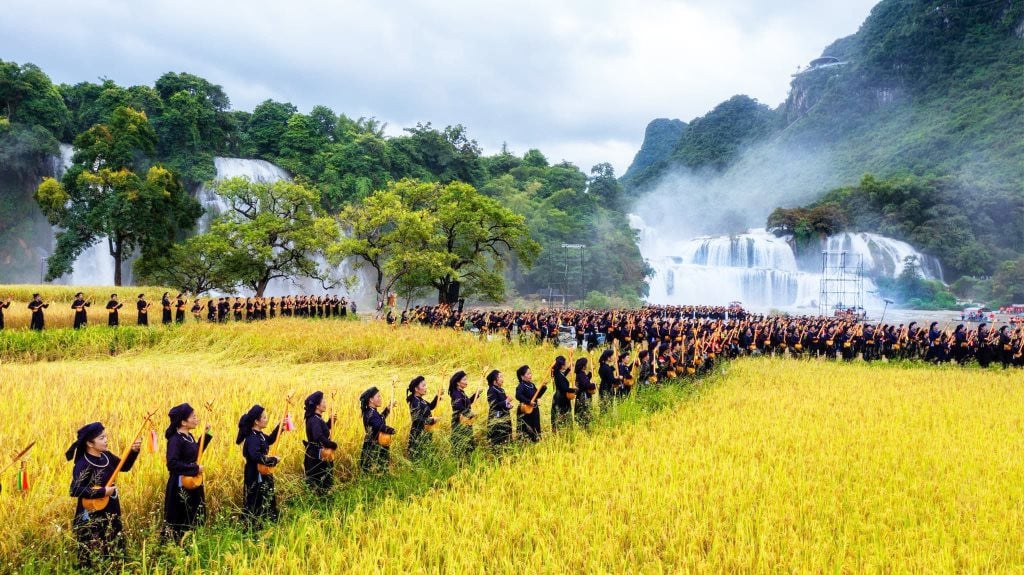
Along with the beautiful scenery, Cao Bang has a typical tropical monsoon climate in the highlands and a subtropical climate, creating a very high biodiversity and ecosystem. The forest has many species with over 90 plant species, 58 rare animal species and diverse forest products interspersed with flat valleys, forming many high-quality endemic crops and livestock such as: Phja Den arrowroot, pear, black jelly, chestnut, white jelly Mac Pup, Ong sticky rice, Huong sticky rice, precious medicinal herbs, Gynostemma pentaphyllum tea, red polygonum multiflorum... Therefore, Cao Bang is famous for its unique culinary paradise, with many products in the Top of the most famous specialties and products in Vietnam: pear, chestnut, sticky rice with canarium fruit, Coong Phu cake, rolled rice, ap chao cake, Phja Den arrowroot vermicelli, black pork sausage, dried beef, black banh chung...
Cao Bang has a thousand-year history with many sites of the late Paleolithic period, the Bronze Age, and ceramics of the Dong Son culture. The Tay, Nung, Mong, Dao, San Chi, Lo Lo, Kinh ethnic groups... have lived together for a long time, forming a rich and unique multi-ethnic culture. Currently, there are still over 2,000 intangible cultural heritages, unique festivals, 7 national intangible cultural heritages, especially the heritage "Then practice of the Tay, Nung, Thai people in Vietnam" (including the Then ritual of the Tay people in Cao Bang) was recognized by UNESCO as a representative intangible cultural heritage of humanity. Many outstanding figures are recorded in historical books such as Nung Tri Cao, Hoang Luc against the Song army; Hoang Thang Hua against the Yuan army; Be Khac Thieu, Nong Dac Thai against the Ming army; Luong Tuan Tu and Ma Quoc Anh fought against French colonialism... Culturalist Nong Quynh Van was honored as King Ca Dang; Be Van Phung was appointed as Tu Thien Quan Nhac...
In the modern historical period, on January 28, 1941, Cao Bang was honored to be chosen by President Ho Chi Minh after 30 years of wandering to find a way to save the country to return to the Fatherland to build a base, directly leading the Vietnamese revolution in the period of 1941 - 1945. Cao Bang became the homeland of the Vietnamese revolution. There are currently 271 relics, of which 102 are ranked, including 3 special national relics; 27 national relics, 72 provincial relics, 2 national treasures.
… BUILDING A SUCCESSFUL UNESCO GLOBAL GEOPARK
“Cao Bang possesses many values in terms of natural conditions and rich culture and history. The province considers this an advantage - an important "resource" suitable for building a Geopark and participating in the UNESCO Global Geopark Network to learn from experience, promote Cao Bang's unique advantages to promote sustainable economic development" - Director of the Department of Culture, Sports and Tourism Sam Viet An said.
In the period of 2015 - 2018, through understanding the situation and visiting the UNESCO Global Geopark model in Ha Giang province, Thailand, France... The Department of Culture, Sports and Tourism advised the Provincial People's Committee to build Non Nuoc Cao Bang Geopark and strive to implement the regulations and recommendations of the UNESCO Global Geopark Network. The outstanding task is to establish a dossier of geological heritage and cultural heritage of the Geopark associated with the action program to build a sustainable Geopark. In particular, it is notable to build 4 Geopark experience tourism routes that integrate the tasks of both preserving and promoting the values of geological heritage and local cultural and historical heritage to build more unique tourism products.
Implementing the requirements, regulations and recommendations of the UNESCO Global Geopark Network on the conservation and promotion of global geopark heritage values, the Department of Culture, Sports and Tourism, the Management Board of Non Nuoc Cao Bang Geopark have opened training courses on geopark heritage for officials, civil servants, workers, individual households, cooperatives, and businesses operating tourism services in the geopark area, which are the partner system of Non Nuoc Cao Bang Geopark. Raising awareness about geoparks associated with promoting geopark titles in schools, building the "Discovering Geoparks with Me" Club. Attending the Dong Van Geopark Fair (Ha Giang), the Asia-Pacific Geopark Network Conference periodically; publishing a magazine on geoparks, building a separate bilingual English-Vietnamese website to introduce Non Nuoc Cao Bang Geopark, etc.
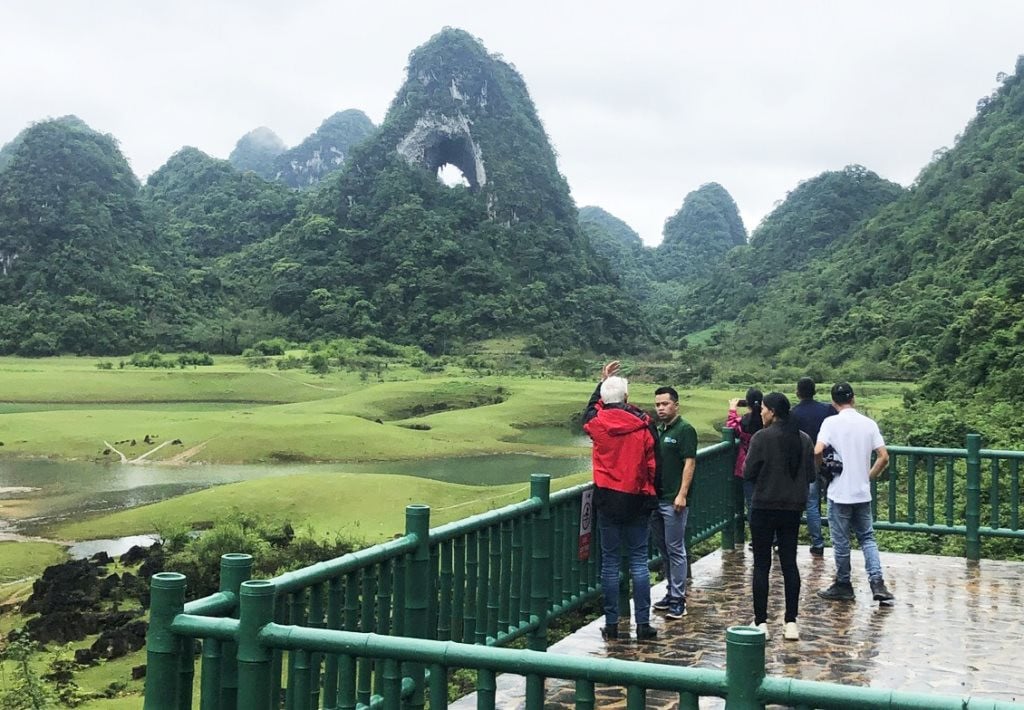
In 2018, UNESCO and the UNESCO Global Geopark Network recognized Cao Bang Non Nuoc Geopark as a UNESCO Global Geopark. Mr. Guy Martini, senior expert and Chairman of the UNESCO Global Geopark Network Council, commented: Recognizing the title of Cao Bang Non Nuoc UNESCO Global Geopark with 130 unique heritage sites, reflecting the history of the earth's formation over 500 million years, including many world-class geological heritages, is an advantage for Cao Bang to widely promote its unique geological heritage values and cultural heritages to domestic and international friends; opening up great opportunities to attract visitors to experience 4 tourist routes of Cao Bang Non Nuoc UNESCO Global Geopark, including: Route 1 to the North "Journey to the origin" Hoa An - Ha Quang district; Route 2 to the West "Discover Phja Oac - the mountain of changes" Nguyen Binh district; Route 3 to the East "Experience indigenous culture in the fairyland" in Quang Hoa, Trung Khanh, Ha Lang districts; Route 4 to the South "A time of fire and flowers" from Cao Bang city, Quang Hoa - Thach An.
Regarding the attractiveness of experiencing tourism at Non Nuoc Cao Bang Geopark, Ms. Doan Hai Le, a tourist from Cau Giay District, Hanoi, said: Since 2018, Cao Bang has been recognized as a global geopark. Every year, I choose a route to experience the geopark because each route has a different beauty and appeal with its own unique identity. In the spring, I experienced the Northern route "Journey to the origin" to visit the Pac Bo Special National Monument to learn about Uncle Ho's revolutionary activities and immerse myself in the Pac Bo Festival with Then lyrics, a smooth and captivating melody. In the fall, I went on the Eastern route "Experience indigenous culture in a fairyland" to see the majestic Ban Gioc waterfall pouring water on the golden rice fields, eat Trung Khanh chestnuts and sweet Ong sticky rice... If I have time, I only prioritize experiencing tourism in Cao Bang.
Promoting the title of UNESCO Global Geopark Non nuoc Cao Bang, the province continues to focus on investing in building 4 Geopark experience routes with unique features. In particular, it encourages, guides and supports people to exploit indigenous cultural heritage to renew tourism products, create new livelihoods associated with the task of preserving and protecting geological heritage and traditional culture. Since then, many unique and special Cao Bang tourism products have been created, attracting a rapid increase in tourists to Cao Bang. It is estimated that in 2024, the number of tourists to Cao Bang will reach about 2 million, 3 times higher than in 2018.
| Assessment of the Institute of Geosciences and Mineral Resources on the role of UNESCO Global Geoparks in sustainable development: The formation and development of global geoparks play an important role in socio-economic development and contribute to environmental protection, natural and cultural heritage protection. In particular, developing types of geopark tourism and sustainable tourism. At the same time, creating conditions for economic development and increasing income for local communities where geoparks are located. | |
Source: https://nhiepanhdoisong.vn/cao-bang-hoi-tu-va-lan-toa-gia-tri-di-san-cong-vien-dia-chat-toan-cau-15100.html


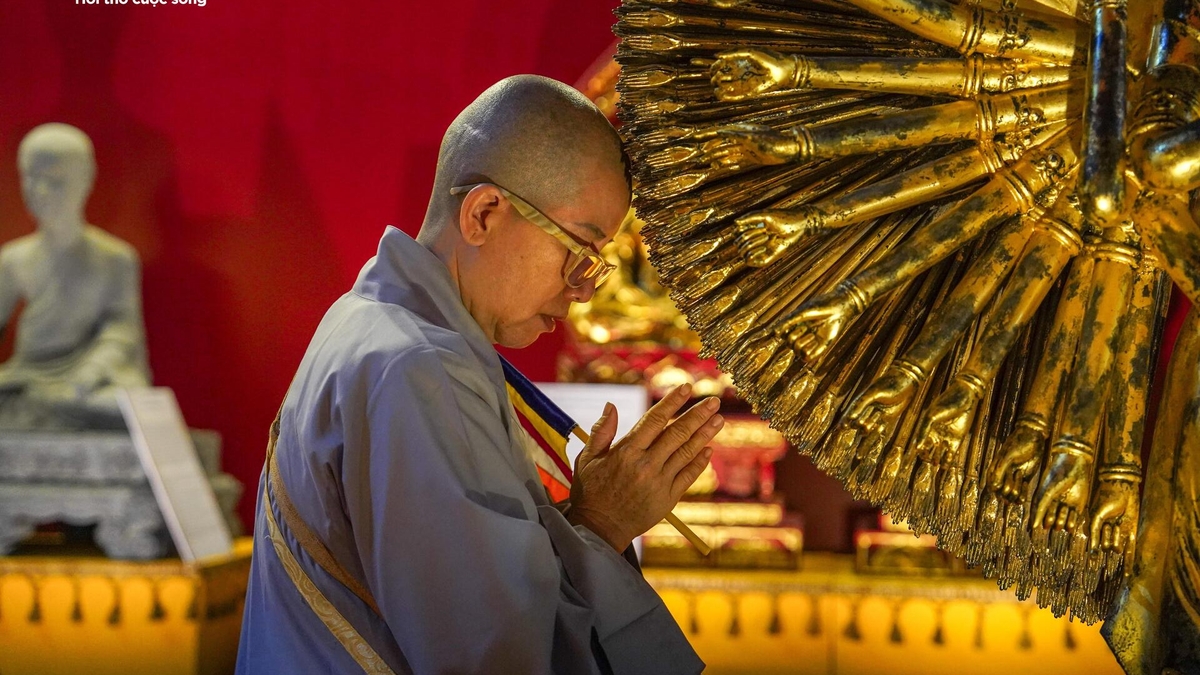
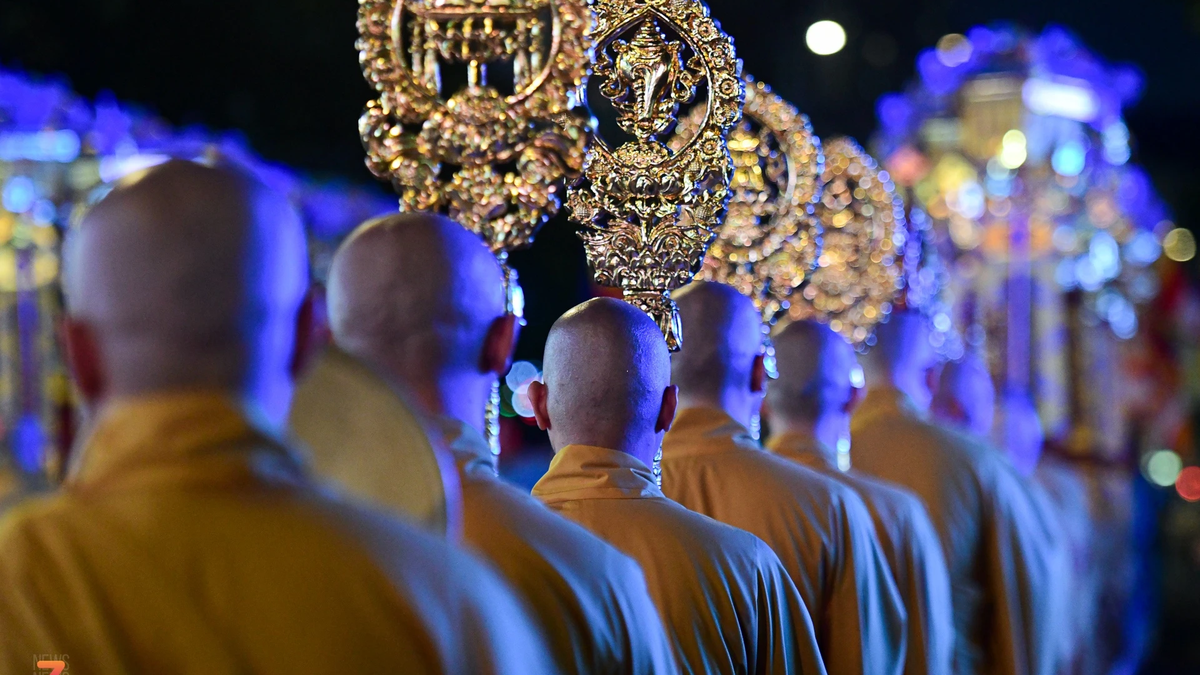
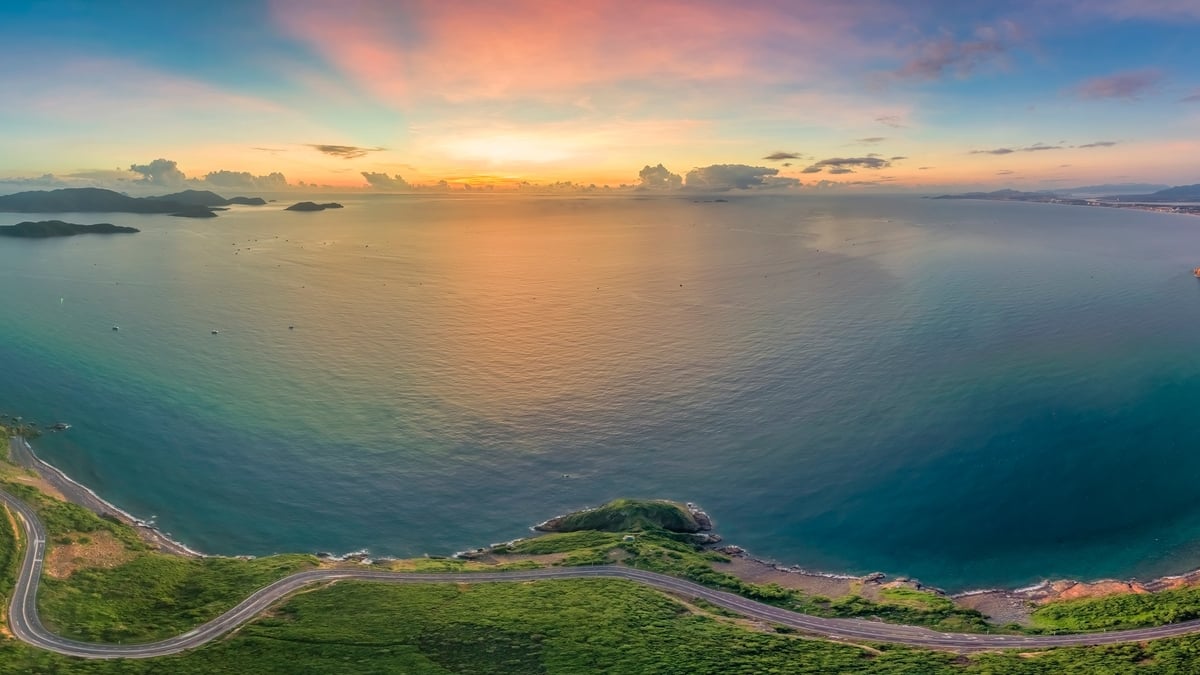
![[Photo] Overseas Vietnamese in France review history through special supplement commemorating 50 years of national reunification](https://vphoto.vietnam.vn/thumb/1200x675/vietnam/resource/IMAGE/2025/5/6/e92838061d514fceb6edc82f751aafef)
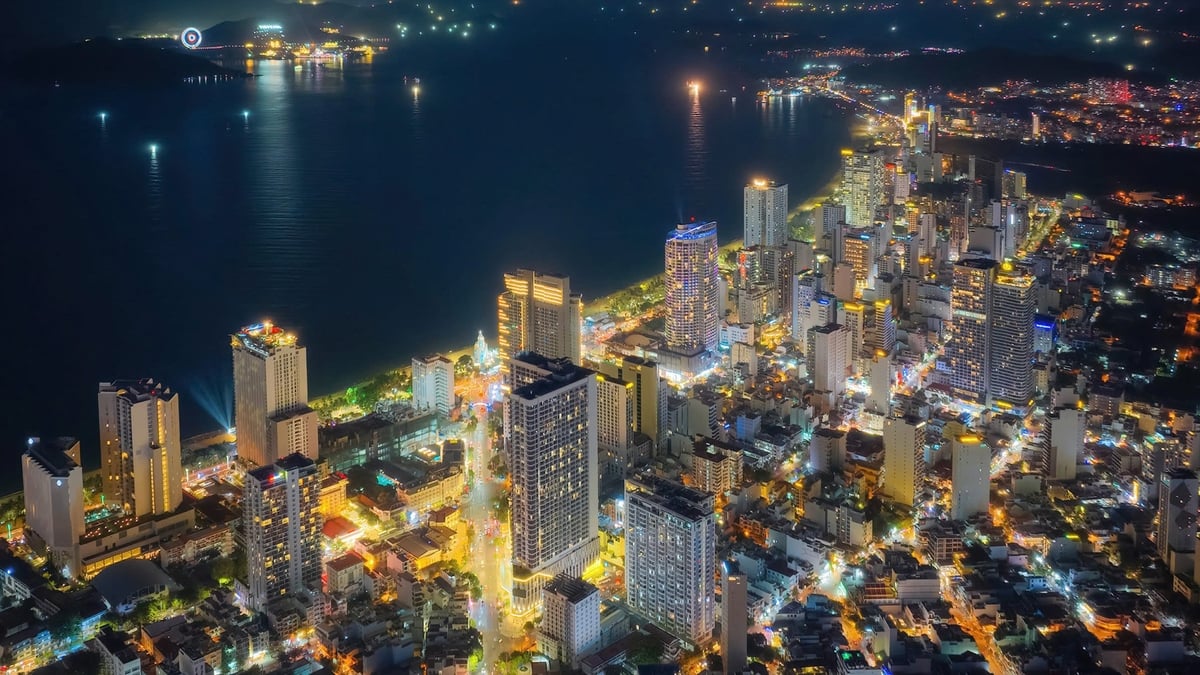
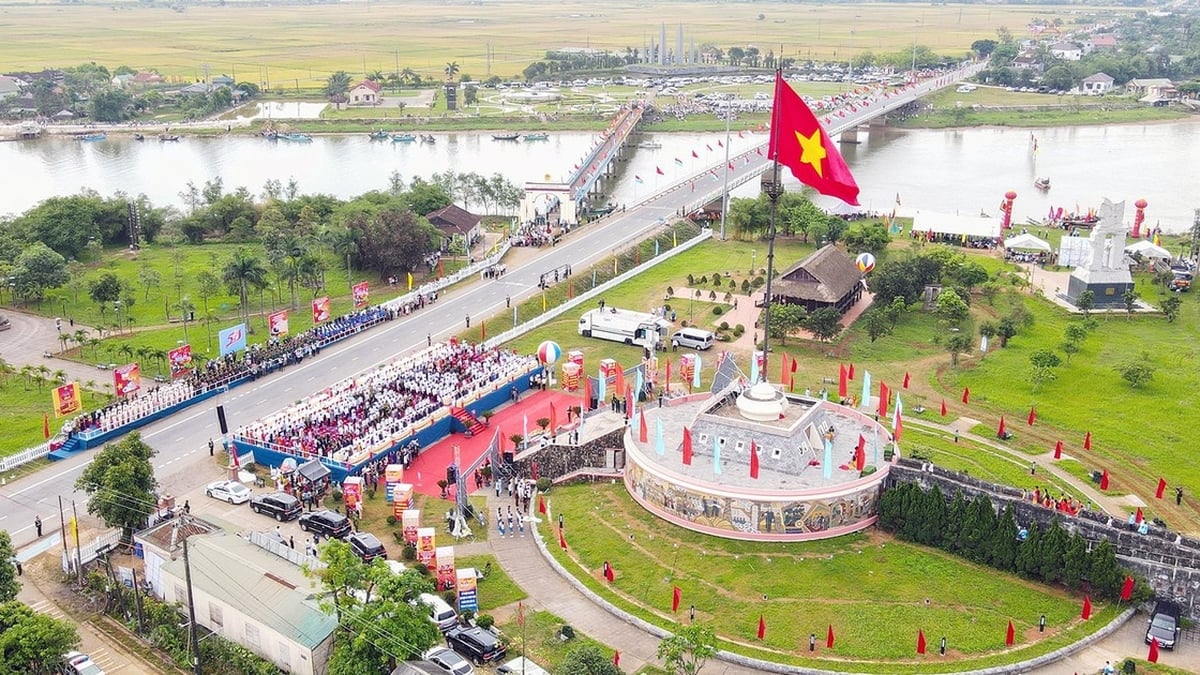

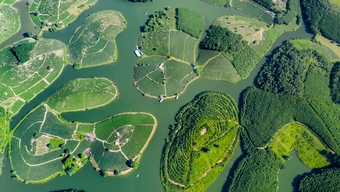
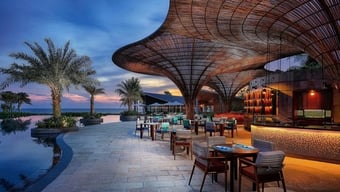

![[Photo] General Secretary To Lam meets with Chairman of the Senate of Kazakhstan](https://vphoto.vietnam.vn/thumb/1200x675/vietnam/resource/IMAGE/2025/5/6/74ef28cf6c6e46cbb107130e5ac6af65)
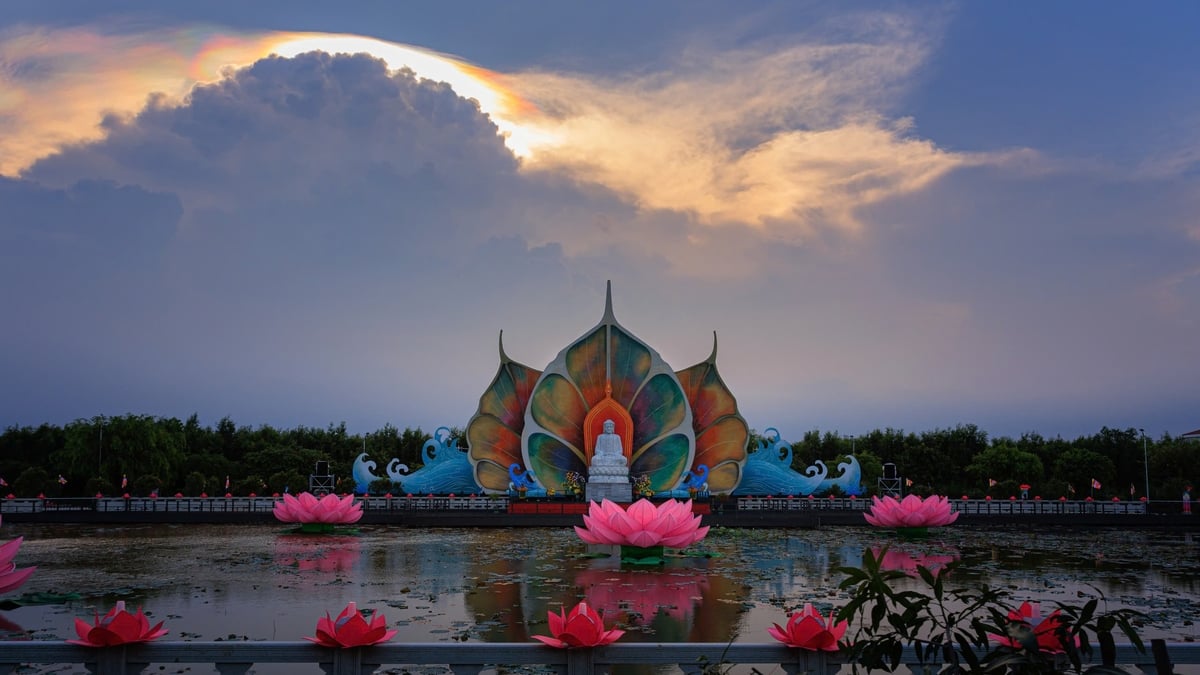
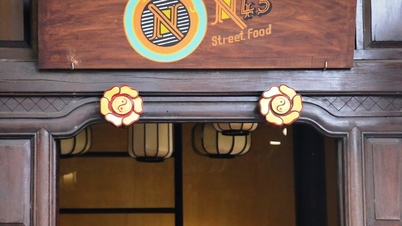

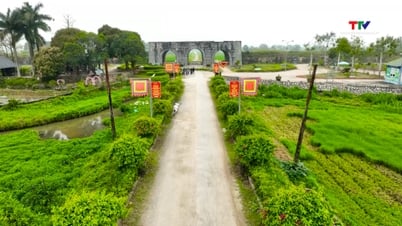

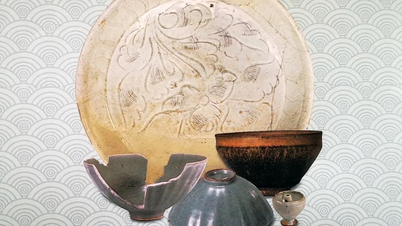

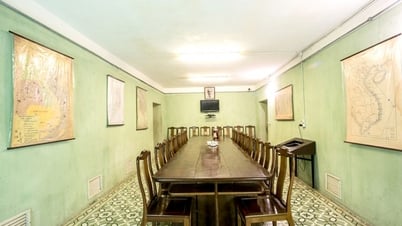

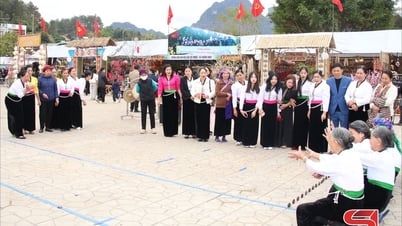

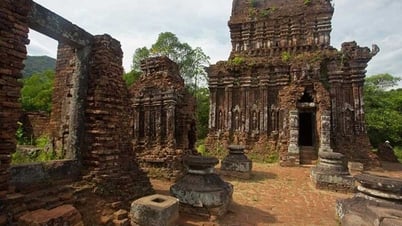

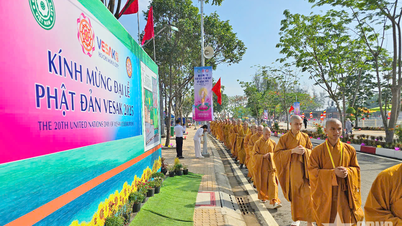

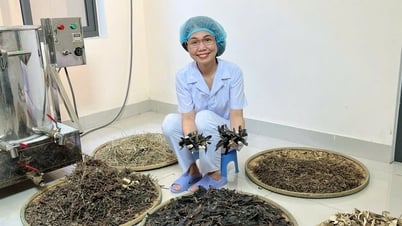







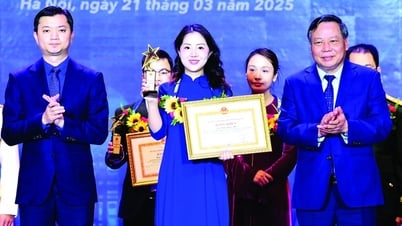


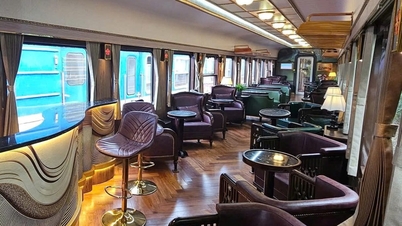


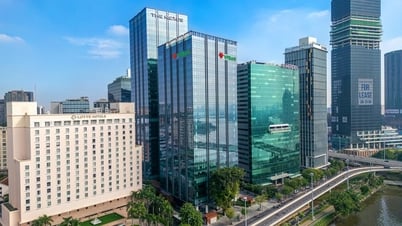

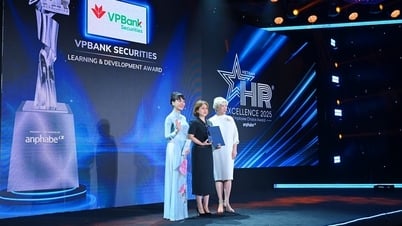
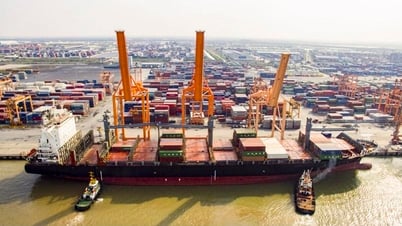

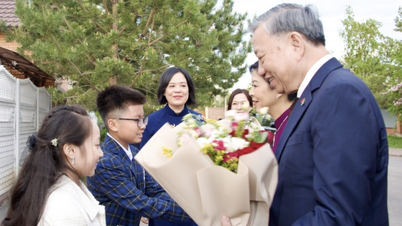



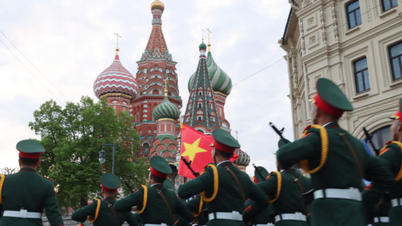

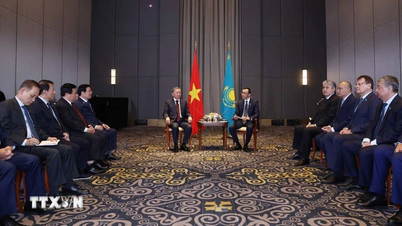
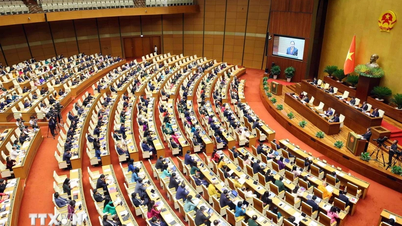

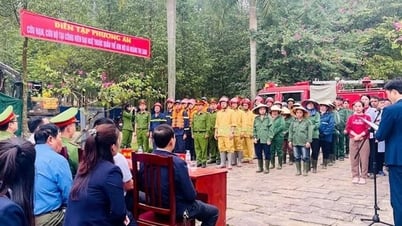

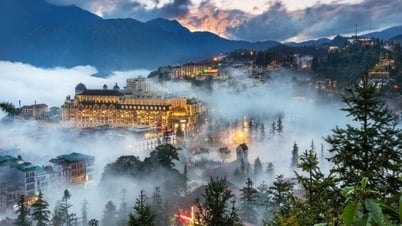



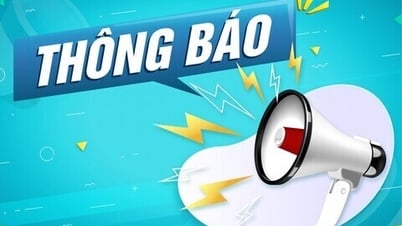

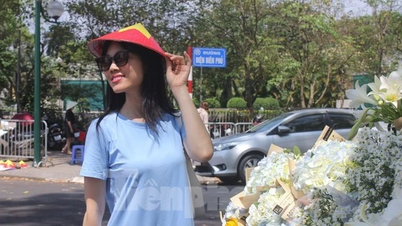








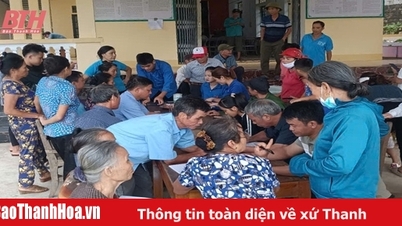
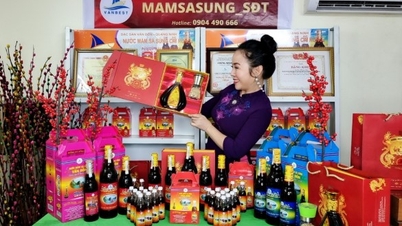

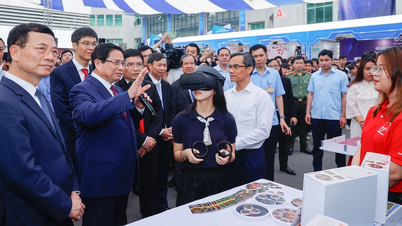
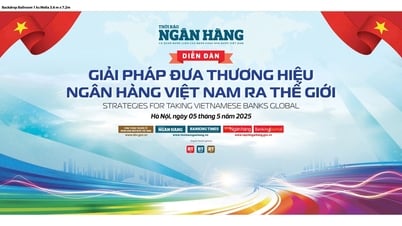


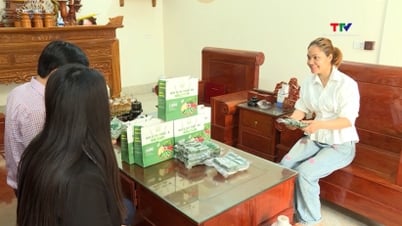

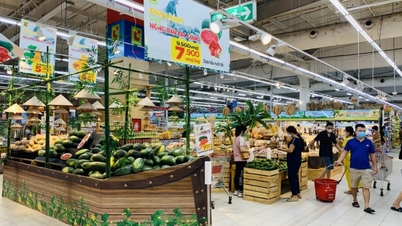

Comment (0)